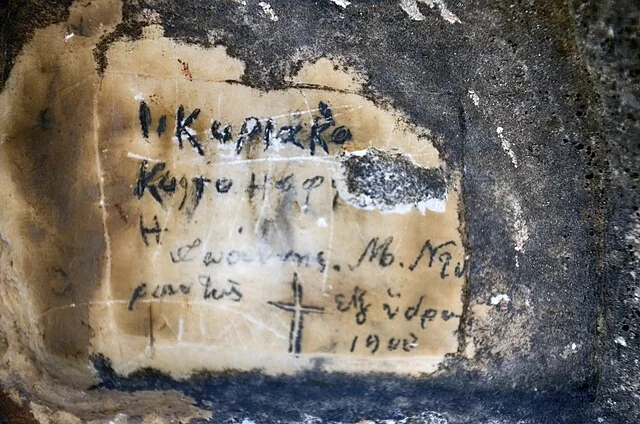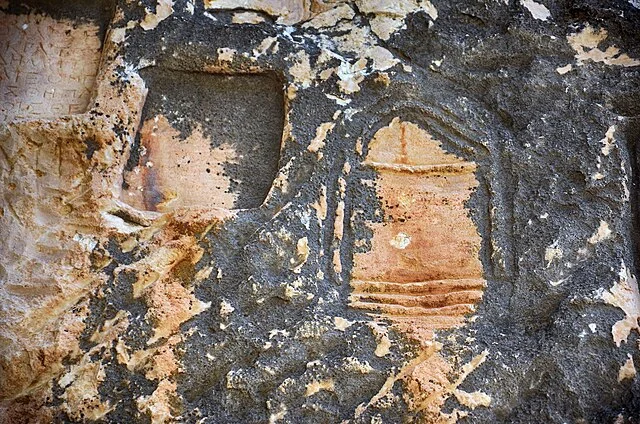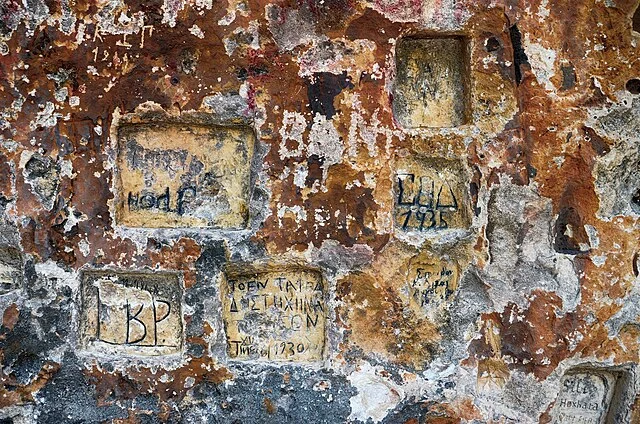The rock inscriptions of the Bay of Grama are an important archaeological feature located along the Albanian coast of the Adriatic Sea. These inscriptions, carved directly into the rocky cliffs of the bay, provide valuable historical insights into ancient maritime activities and the movement of sailors, traders, and military forces through this region. The inscriptions date primarily from the Hellenistic and Roman periods, roughly between the 3rd century BC and the 3rd century AD.
Get your dose of History via Email
Historical Significance

The Bay of Grama, known in ancient texts as Gramaeum Portus, served as a natural harbor for ships traveling along the Adriatic Sea. Due to its strategic location, the bay became a stopover point for sailors seeking shelter from the rough seas. It also functioned as a place for necessary ship repairs and restocking of supplies. The inscriptions left by these sailors mark the bay as an essential waypoint in ancient Mediterranean navigation.
The inscriptions are written in Greek and Latin. They contain the names of sailors, dates, and dedications to various deities. Some inscriptions also commemorate victories or successful voyages. As such, these inscriptions act as a unique maritime record, connecting us to the lives of ancient seafarers and their journeys.
Inscriptions and Archaeological Evidence

The inscriptions at the Bay of Grama vary in complexity. Some are simple names etched into the rock, while others include longer messages or religious dedications. Many of the sailors who left these messages were likely from Greek and Roman backgrounds. Archaeological evidence suggests that the bay was used regularly by military and trading fleets, particularly during the Roman Empire.
The most common type of inscription is the invocation to gods, such as Poseidon or Neptune, indicating the religious practices of those who passed through the bay. These inscriptions highlight the importance of divine protection in ancient seafaring. Sailors often offered thanks or sought favor from gods to ensure safe passage through the often dangerous waters of the Adriatic.
Preservation and Study

The rock inscriptions of the Bay of Grama have been studied by archaeologists and historians for many years. However, due to the coastal environment, these inscriptions are subject to erosion. Some have become difficult to read due to weathering. Efforts are underway to document and preserve these inscriptions through digital imaging techniques and detailed recordings.
Studies of the inscriptions have also provided insights into the broader historical context of the region. The inscriptions align with known historical events, such as military campaigns and trade routes, further validating the bay’s role in ancient maritime history.
Conclusion
The rock inscriptions of the Bay of Grama offer a direct link to the lives and experiences of ancient sailors. These inscriptions help us understand the significance of the bay as a strategic maritime hub during the Hellenistic and Roman periods. As research continues, the Bay of Grama will remain an important archaeological site for studying ancient seafaring in the Mediterranean.
Source:

